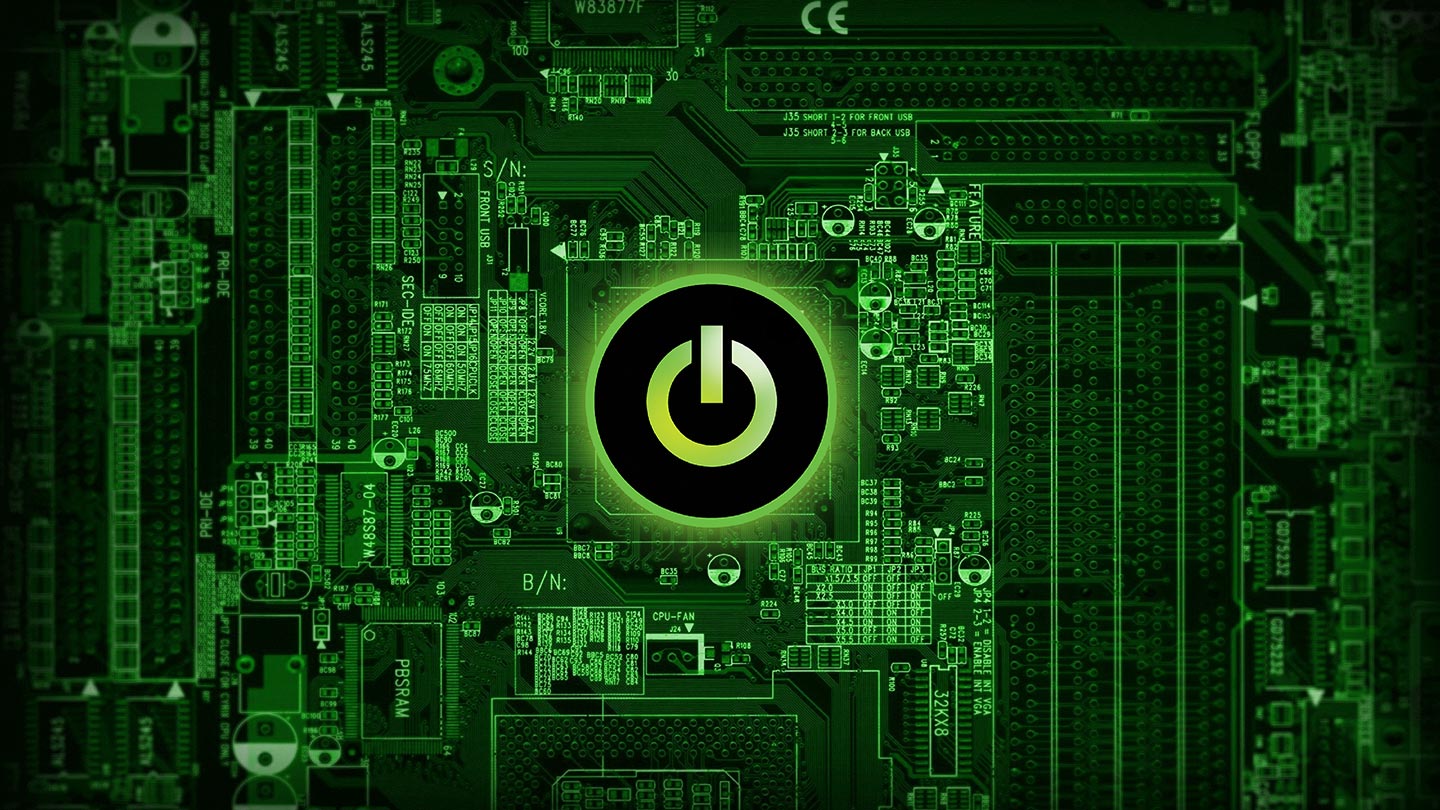
Not to be outdone by other voice-controlled smart gadgets, Apple launched its HomePod in January. The device promised market-leading audio quality and, at first, it looked as though it would be a hit. High consumer interest and low price points meant that countless smart speakers had already been snatched up last year. Clearly, consumers are hungry for smart home and other electronics not tied to the iPhone.
So what happened?
The HomePod grabbed about a third of the smart speaker market. Yet, by the time it hit stores, sales of the device were tanking. Some may argue that this is because the HomePod missed its December release date, making it unavailable for purchase during the 2017 holiday shopping season.
An ill-timed debut is not to blame. The HomePod overpromised and underdelivered.
Those speaking in defense of the HomePod remind us that it can
- text friends
- check traffic
- control the current room
- be used as a speakerphone
- translate words and phrases
- listen to and subscribe to a podcast
Consumers assumed the HomePod would be able to answer questions, much like digital assistants Echo and Google Home already do. Instead, they’ve discovered that it is limited primarily to playing selections from Apple Music, controlling Apple-optimized smart home appliances and sending messages via iPhone. The HomePod is, in essence, a smart speaker rather than a voice-controlled digital assistant for the home. Consumers cannot pair two speakers or play music in multiple rooms. Unlike competing devices, the HomePod cannot access third-party music services and advanced assistant integrations. Nor can the HomePod distinguish between multiple users, make calls or access calendars.
Worse, the supposed smart device comes with a not-so-smart price tag. At $349, $200 more than most other smart speakers on the market, consumers have little incentive to clamber for the HomePod. The device certainly didn’t corner the market during its first 10 weeks: Amazon’s Echo devices had the lion’s share—a whopping 73 per cent—of smart speaker sales.
By March 2018, Apple lowered its sales forecasts and cut orders with one of its manufacturers. Sales had shrunk to 4 per cent.
It’s rumoured that Apple is planning to unveil a new version of the HomePod at its World Wide Developer Conference in June. A lower price—$150 to $200—would allow it to compete with Amazon Echo and Google Home.
Even if this doesn’t happen, Apple’s market position will likely improve. After all, there’s still time to improve the HomePod before this holiday season, right? If Apple addresses the HomePod’s shortcomings and offers discounts to grow its base, maybe, just maybe, Christmas will come early this year.
Liked this article?
We are adding more useful articles to our blog every week! Join our subscribers to stay up to date on digital security, marketing, and social media trends.
By entering your email, you agree to receive our monthly newsletter. You can unsubscribe at any time!


